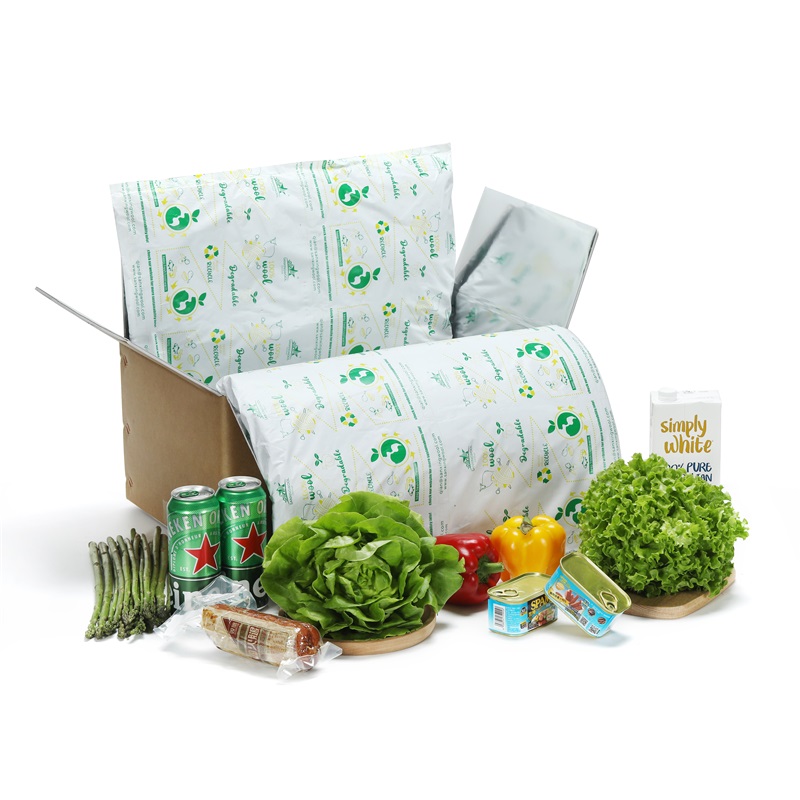In today's situation where people's awareness of environmental protection is enhanced, a soft natural fiber packaging has quietly emerged: wool. But why wool and not other fibers? This article will provide an in-depth analysis of the different types and applications of wool packaging materials, as well as their environmental advantages.
1. The Rise of Wool Packaging: A Historical Perspective
Wool has been used in clothing and textiles for many years, but packaging has only recently become popular. The popularity of wool packaging can be traced to increased environmental awareness and demand for natural, biodegradable alternatives to plastic and synthetic materials.
2. Wool Packaging Materials: Understanding the Different Types and Applications
Wool packaging comes in many forms, including wool sheets, wool bags and wool felts. These types of fleece wraps can be used in many applications such as protective wrapping, cushioning or insulation. Because wool packaging has many particularities, solutions will be customized according to specific products or usage scenarios.

With the growing emphasis on sustainability, the future of wool packaging looks promising. Advances in technology and manufacturing may lead to new applications and greater efficiencies. Wool packaging is likely to become the standard choice as the industry develops, reflecting a global shift towards responsible consumption and environmental stewardship.

